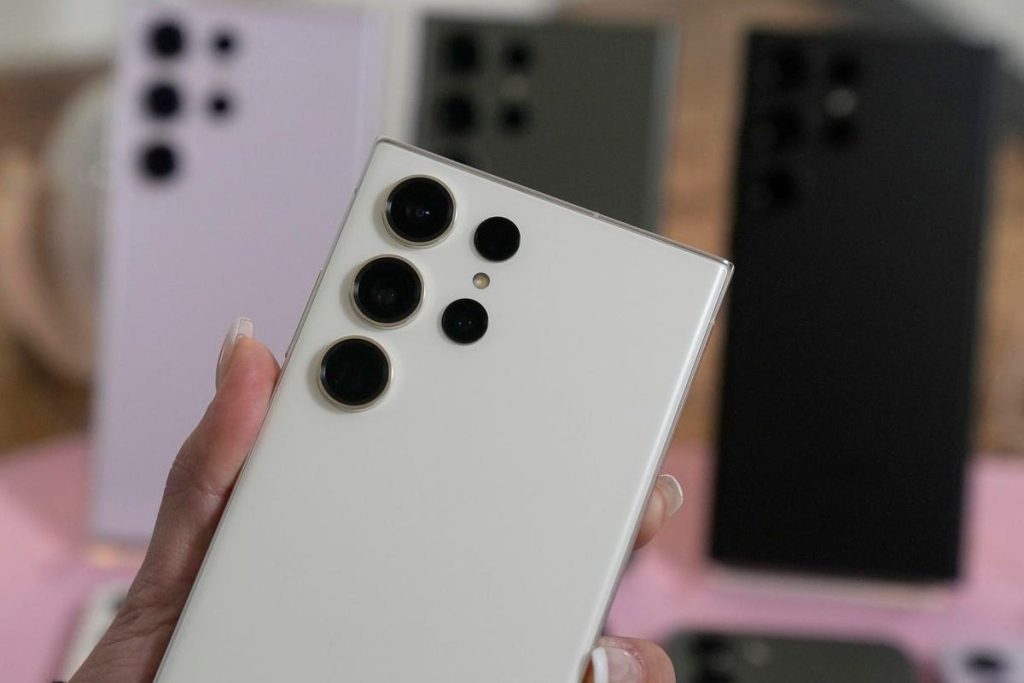Samsung is working on a mind-blowing 440-megapixel smartphone camera, according to new information from tech tipster Revegnus (Nitter link), who reveals details of four unreleased camera sensors in Samsung’s Isocell range, including one that could provide a significant upgrade for the Galaxy S26 Ultra.
According to the leak, we can expect Isocell HP7—a new 200-megapixel sensor with 0.6μm pixels, Isocell GN6— a 50-megapixel part with much larger 1.6μm pixels, and the 440-megapixel Isocell HU1 (currently of undetermined physical size). The tipster expects these new products to join Samsung’s growing roster of smartphone camera sensors in the second half of 2024.
Samsung currently deploys its highest-resolution smartphone sensor, the 200-megapixel Isocell HP2, in the flagship Galaxy S23 Ultra—a trend that is expected to continue with next year’s Galaxy S24 Ultra model. This obviously leads to speculation that the eventual Galaxy S25 Ultra might receive a huge upgrade in camera resolution thanks to one of these new leaked sensors.
However, Revegnus remains pessimistic about this possibility, stating that it’s ‘unlikely’ any of these three new sensors will be seen in any Samsung branded products. According to the tipster, Isocell HP7 was indeed initially slated for the Galaxy S25 Ultra, but this plan was later canceled due to “excessively high cost.” The Isocell GN6, on the other hand, is expected to find its way into future Chinese flagship smartphones, according to the same report.
However, Revegnus goes on to reveal, in the comments, that a fourth new Isocell sensor is also expected, this time featuring 320 megapixels. Fitting roughly halfway between the current 200-megapixel Isocell HP2 and the leaked 440-megapixel Isocell HU1, this unnamed 320-megapixel component is the one the leaker cites as a contender for the Galaxy S26 Ultra.
As outlandish as these ultra-high resolution cameras may seem, Samsung seems intent on producing sensors with ever-increasing pixel counts, an incredible 600-megapixel component already having leaked. The reason, as ever, isn’t to deliver pointlessly-huge jpeg files but to offer multiple different camera modes through the creative use of pixel binning techniques. This means the sensor will be able to switch between multiple different resolution modes that best suit the shooting conditions.
For example, the 200-megapixel Isocell HP2 can combine together groups of four pixels to create a 50-megapixel mode that captures better-quality 8K video, each frame of which comes in at around 33 megapixels. Applying similar logic, a 320-megapixel sensor would be able to combine together groups of nine pixels (Samsung calls these “nonacells”), to produce a 33.6-megapixel mode that’s an even better fit for the 8K format.
Given the casual way Revegnus introduced this 320-megapixel sensor, I’d take this prediction with a large pinch of salt for now, but I can certainly see how it could make sense in a future Galaxy smartphone.
For now, all eyes are on the forthcoming Galaxy S24 Ultra, which is tipped for some major camera upgrades of its own.
Follow @paul_monckton on Instagram
Read the full article here










